A Love Song to Smelly, Inconvenient, Glorious Mass Transit

Mass transit doesn’t have a lot of cheerleaders. People love their cars, despite the harm they cause us, but who loves their bus? And who sees transit as a vital decarbonization strategy when electric vehicles steal the spotlight? Yet people who ride transit emit significantly less CO2 than people who drive cars (even EVs).
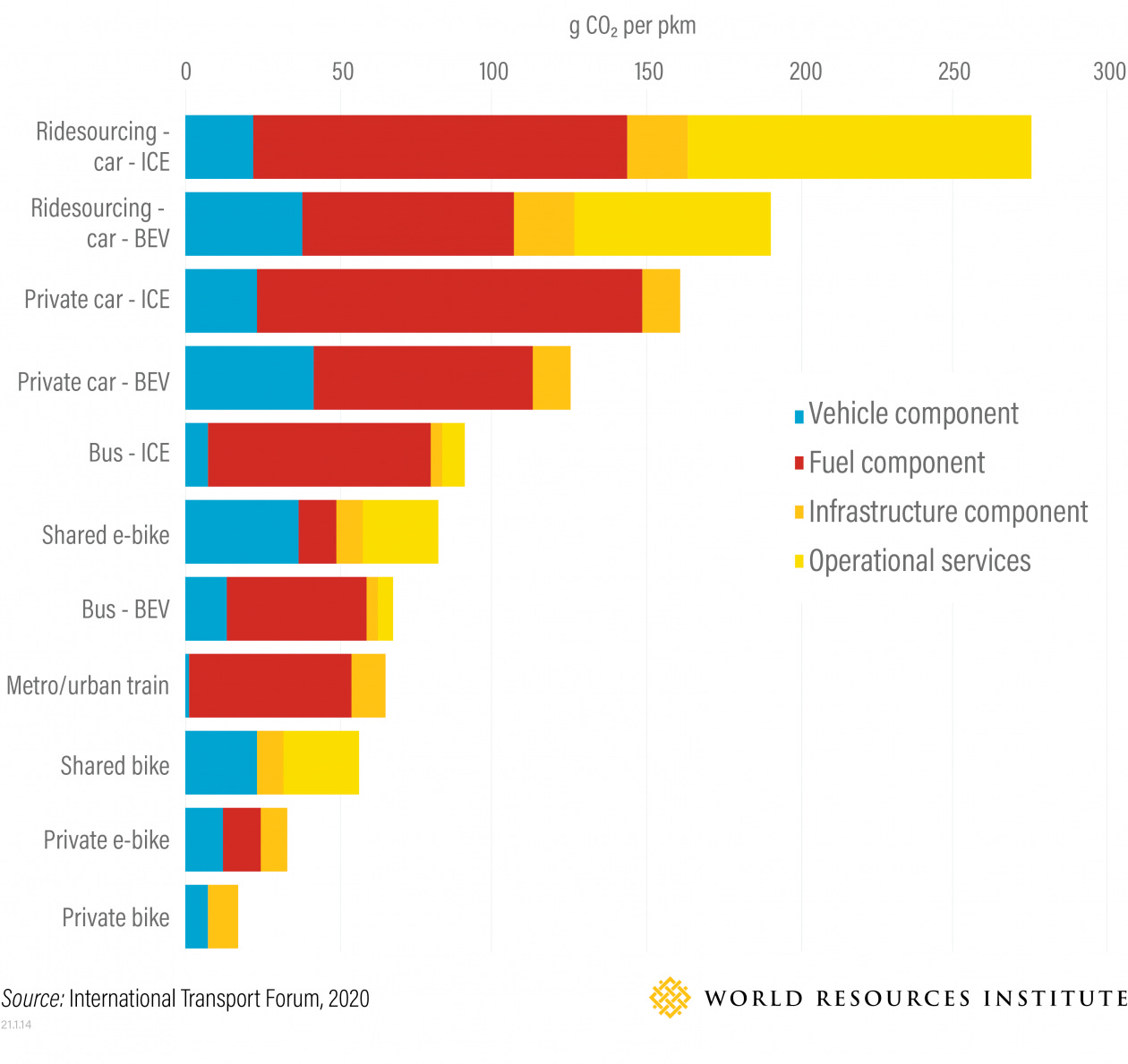
Beyond its decarbonization benefits, transit saves households money, improves health, strengthens communities, and perhaps most surprisingly, even saves time. Today we examine the often overlooked, counterintuitive awesomeness of this most unloved form of transport to see if we can inspire a newfound appreciation for it.
Falling in Love with Mass Transit: A Tale of Two Cities
Like many Americans of the late 20th century, we grew up immersed in car culture, spending countless hours on highways and feeder roads doing all the things people used to do on foot or by bus. One of the first times Joe ever stepped foot on a bus was as an 18-year-old exchange student in the northern Italian city of Bergamo. Bergamo’s extensive public transportation system serves over 30 million passengers annually, which is five times more than similar-sized Syracuse, NY, where Joe grew up.
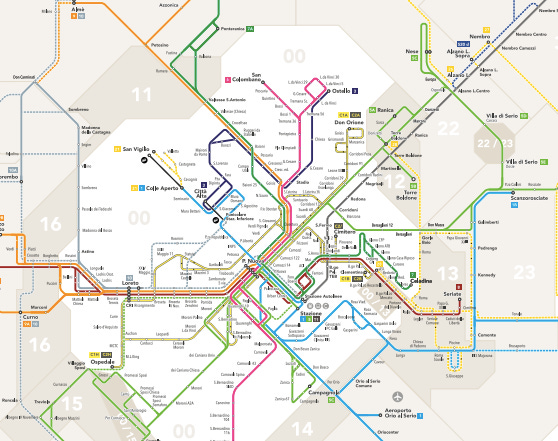
As a student in Bergamo, Joe paid around $100 for an annual transit pass, and took the extensive network everywhere he needed to go — to school, visit friends, monuments, other towns, etc. The bus, tram, and funicular network was his ticket to freedom. Bergamo is similar to much of Europe, where transit is used 3 times more often than in the US. And Europe doesn’t even place in the top 10 countries for mass transit use. Clearly, much of the world values and invests in transit more than North America.
The Sorry State of US Mass Transit
Since 1960, the percentage of US commuters using transit has declined from 12.1 to 5%. Public transit is most viable in some of America’s biggest cities, with an astonishing 70% of all US public transit occurring in seven metropolitan areas alone. The New York Metro area, with 6% of the country’s population, accounts for 40% of commuters who take mass transit. The American Society of Civil Engineers gave public transit a dismal D- grade, noting that almost half (45%) of Americans have no access to transit, and most of the existing systems are aging and dilapidated, with an investment backlog of $176 billion. This decline of transit paralleled the rise of car culture, fueled by massive highway investments and suburban sprawl.
Benefits of Mass Transit
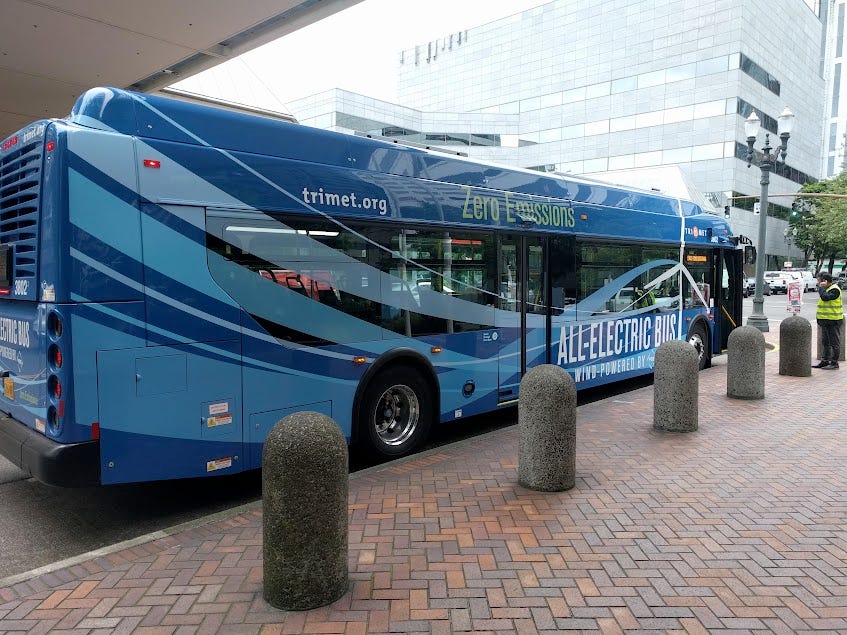
Yet even with all this macro pessimism about US transit, Americans can experience its benefits and advocate for its revitalization. Many of those benefits are often overlooked.
Individual Cost Savings: Using a car is much more expensive than getting around by transit. Homes with cars spend 15% of their income (about $12,000 annually) on transportation, while carless households spend just 5% ($4,000). European households, with higher transit use, spend only 11% of their income on transportation. People who live in single family homes (where car driving dominates) spend 37% more on transportation than those living in high rises. Ditching a car and opting for transit is a smart, yet overlooked economic move. Our personal finances have benefited greatly from taking mass transit, walking and biking and because we own just one (electric) car.
Individual Health and Safety: Mass transit increases exercise and promotes health. Transit commuters take 30% more steps daily than drivers and are less likely to be overweight or have high blood pressure or diabetes. Traveling by transit is also ten times safer per mile than driving. Many people have a misplaced fear of strangers on the bus when the real safety risk comes from the deadly auto.
Community Health: Quality transit supports vibrant communities. It stimulates local economies, enhances access to jobs and businesses for diverse populations, reduces overall congestion, and increases urban density all of which create community well-being.
Productive Use of Time: While criticized for longer travel times compared to driving, transit offers more opportunities to be productive en route. Transit commutes do average 1.9 times longer than driving commutes in major metropolitan areas (51 minutes by transit vs. 29 minutes by car in NYC). Yet, driving requires constant concentration, while time on transit can be more effectively used for tasks like work or reading. Take, for example, Joe’s typical office commute. Driving three miles to downtown Portland is certainly quicker compared to light rail. But considering the time he productively works while taking transit, it’s driving that looks like a less efficient mode.
Joe’s typical commute by car vs. by mass transit

And if you add in the extra ~5 hours a week (see chart below) that the average American household works to pay for their vehicle compared households without a car, mass transit appears to save even more time.
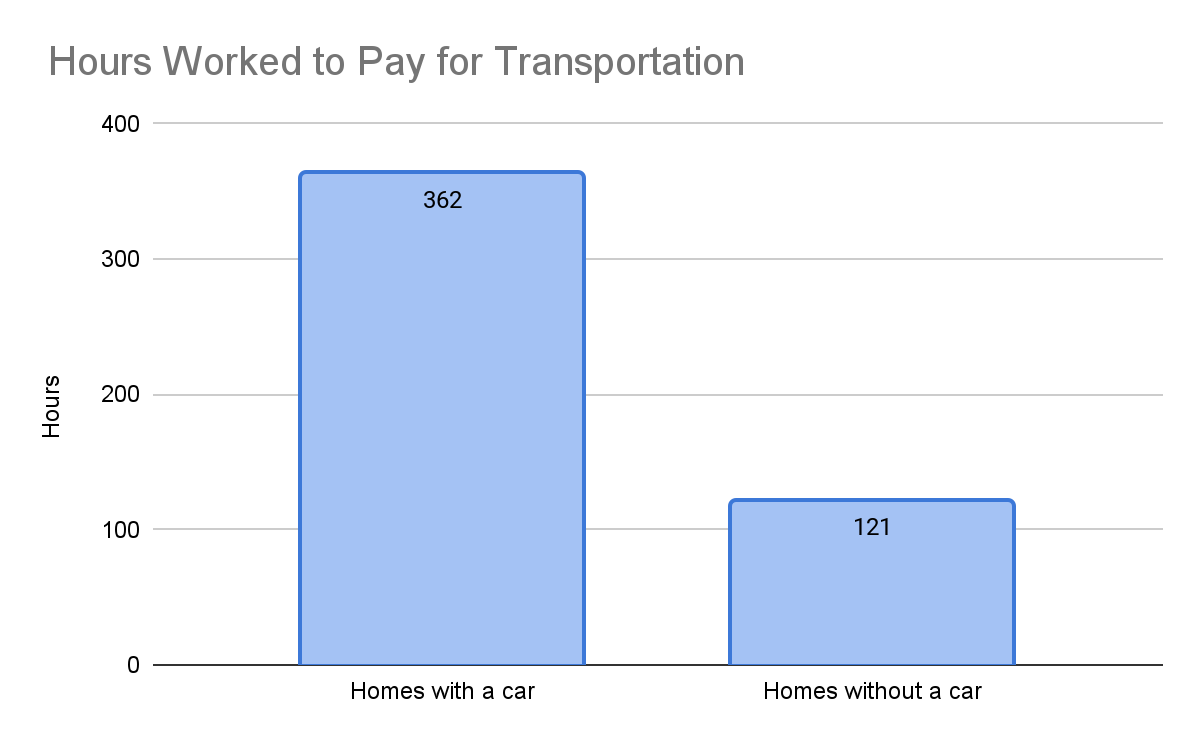
Incorporating Mass Transit into Your Life
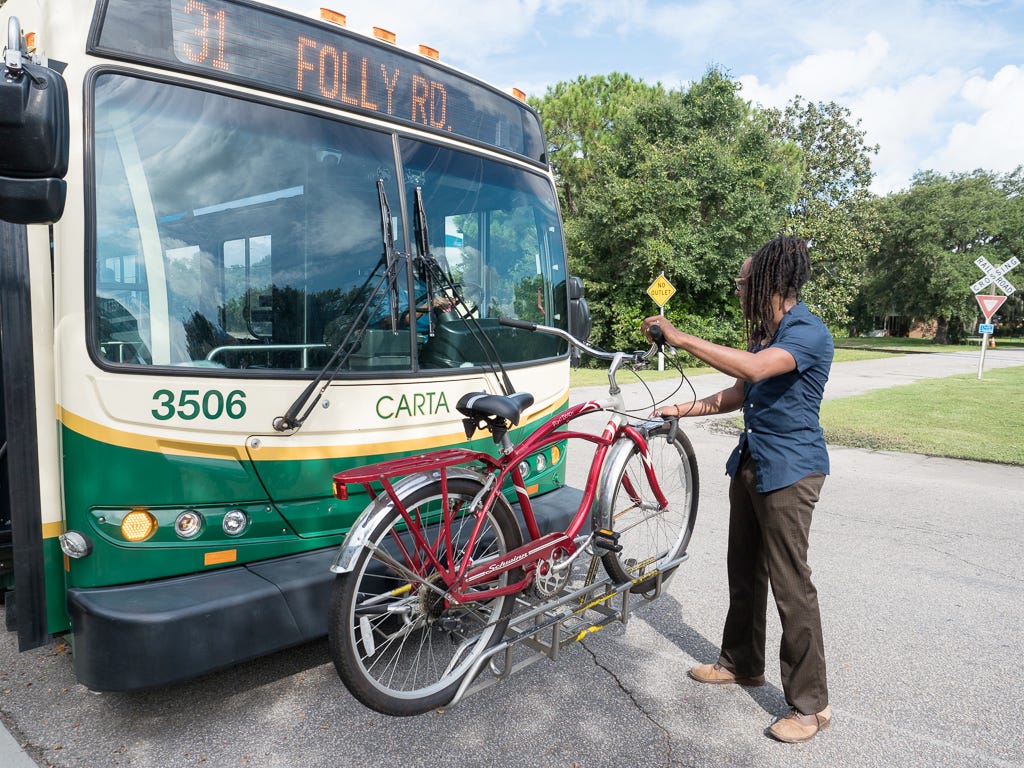
With all these transit benefits but so much of the US car-dependent, here are some opportunities to increase your use of buses and light rail:
- Live Near Transit: Living in neighborhoods with frequent mass transit means you’ll be more likely to take it. This obvious recommendation is easier said than done, and likely depends on your income, but the next time you move, look for proximity to bus or light rail lines with frequent service. We moved three blocks from a light rail stop with trains every 15 mins, which increases the likelihood that we use it.
- Use Transit for Your Work Commute: Pick a regular activity (like commuting to work) where you can learn your local public transit. Once you get to know routes well, it becomes second nature to use them.
- Combine Transit with Active Transportation: Combining active transportation (running, walking, biking) with mass transit overcomes the last mile problem, in which transit takes you close to your destination but not all the way. Many bus and light rail systems allow you to bring your bike on. We love to walk, or even jog to a transit stop, which brings so many more locations within reach and helps keep us healthy and active.
- Get Things Done While on Transit: Working on transit helps us justify the extra time it takes to get somewhere because we don’t have to focus on driving. With two young kids, we don’t have a lot of time to spare, so typing away on a computer while on public transit allows us to get other things done while traveling.
- Use Travel Planners: Google Maps is a great way to plan a journey on transit. We use it all the time, especially when planning new trips. Most transit systems also have apps that offer real time arrival updates to plan your trip via apps so you know exactly when your next bus is coming.
Conclusion
Getting around in the decarbonized life isn’t just about having a plug on your car (though that’s important too); it’s about leveraging our undervalued and overlooked public transportation systems for cleaner, safer, and more efficient mobility. By looking at our smelly, inconvenient and glorious buses and light rail with new eyes, we can save money, improve health, and even reclaim valuable time, while fostering healthier, decarbonized and more livable communities.

Sign up for CleanTechnica's Weekly Substack for Zach and Scott's in-depth analyses and high level summaries, sign up for our daily newsletter, and follow us on Google News!
Whether you have solar power or not, please complete our latest solar power survey.
Have a tip for CleanTechnica? Want to advertise? Want to suggest a guest for our CleanTech Talk podcast? Contact us here.
Sign up for our daily newsletter for 15 new cleantech stories a day. Or sign up for our weekly one on top stories of the week if daily is too frequent.
CleanTechnica uses affiliate links. See our policy here.
CleanTechnica's Comment Policy

